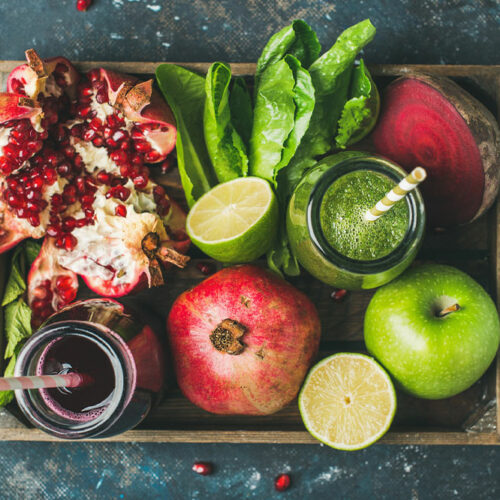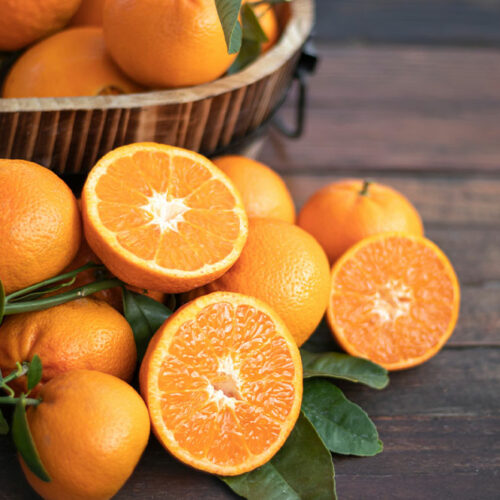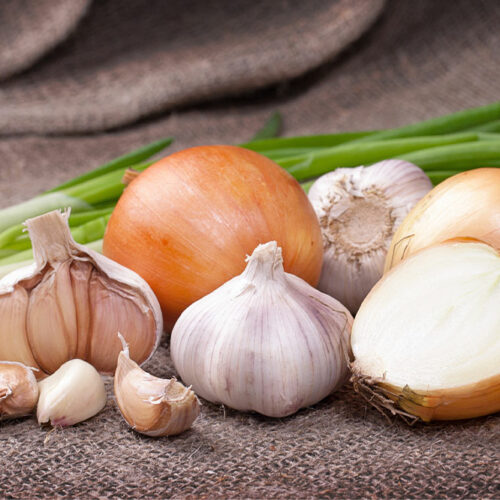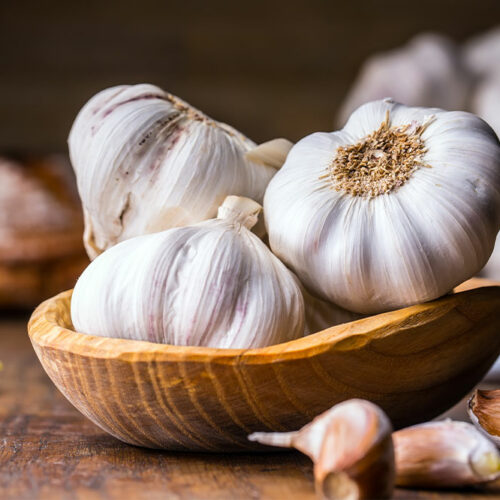4 foods not for people with overactive bladder

4 foods not for people with overactive bladder Overactive bladder issues do not require the patient to be stringent about what they eat and what they do. However, there is always a great deal to be gained by being mindful of these things. Although, food might not be the primary reason behind the condition, some of it can definitely contribute to the aggravation of symptoms. Therefore, here is a list of foods that should be avoided or restricted by patients with OAB: Citrus fruits Fruits that have high concentrations of acid in them are considered to act as a trigger food for people with overactive bladder. This includes oranges, lemons, grapefruits, and limes. The acid in these fruits is said to work as an irritant to the inner lining of the bladder. But since these foods are also an important part of a healthy lifestyle, it is essential to consume them in moderation. This also covers juices and lemonades. Caffeine Caffeinated beverages are one of the most common foods that contribute to an overactive bladder. The caffeine in tea and coffee acts as a bladder stimulant and results in increased frequency and number of bathroom breaks one has to take.






